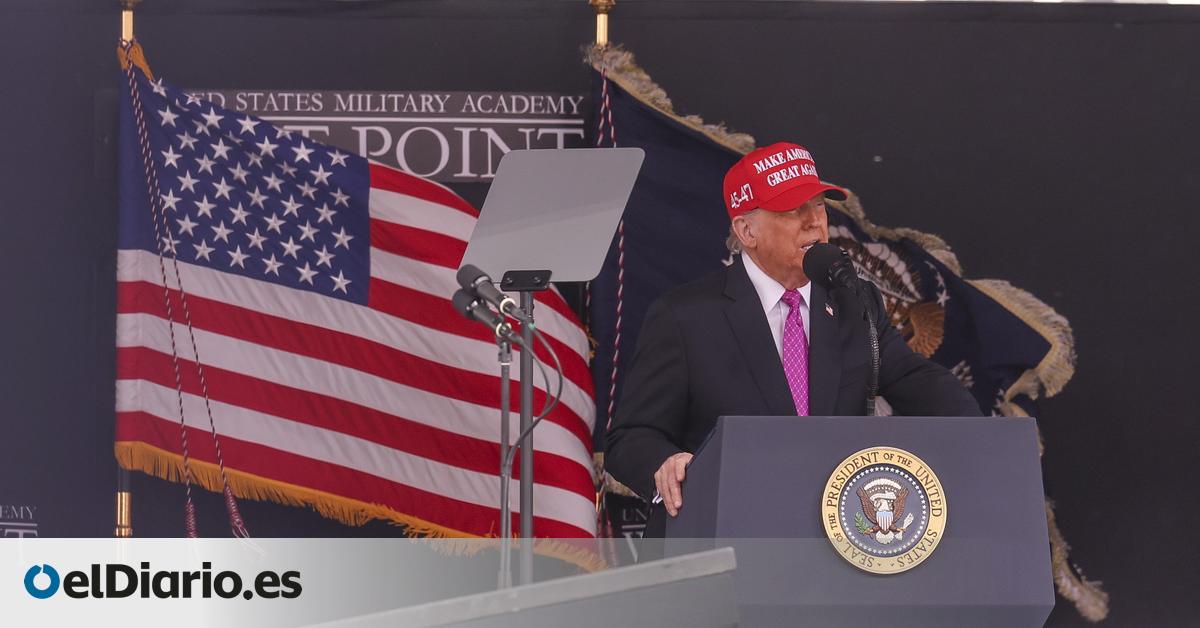
25% to 50%. They are the new tariffs announced by the US president, Donald Trump, steel and aluminum as of June 4. And he has done so in a public act in one of the hearts of the steel industry in the US, in Pennsylvania, to commemorate an agreement by which the Japanese company Nippon Steel will invest in US, although “it will guarantee that the emblematic American steelman remains under US control”.
“We are going to impose an increase of 25%,” Trump said this Friday: “We are going to raise tariffs on steel that enters the United States from 25%to 50%, which will even more ensuring the steel industry in the country. No one will be able to overcome that, we are rising from 25%, we are doubling it to 50%.”
In his social network, Truth Social, Trump also included steel tariffs.
The US president has also referred to the consequences that this decision will have for Japanese investors: “I think this group of people who just made this investment is very happy, because this means that no one will be able to steal their industry. With 25%, some could still jump the fence. With 50%, you can no longer pass. So congratulations to all of you for having reached a great agreement.”
These tariffs have not been affected by this week’s legal disputes, because they had been established under another legal basis, known as section 232 – which includes imports of cars, steel and aluminum. Because? Because to impose these levies, Trump did not resort to emergency powers, but to a commercial law of 1962. According to that norm, the Secretary of Commerce or other government official must investigate whether imports affect national security, so the process is usually longer – and guarantee – than the one that allows emergency powers.
Trump 25% tariffs are applied from March 12 to all imports of steel and aluminum. They put an end to the exemptions enjoyed by several countries and raise the tariff type to the two metals to 25% (until now, the aluminum tariff was 10%).
Around 25% of the steel used in the US came from other countries, with Canada, Brazil and Mexico as the main suppliers; followed by South Korea and Vietnam. In 2024, about 40% of imported steel to the US wine from Mexico and Canada.
“We do not want the future of the United States to be built with a poor quality steel of Shanghai,” Trump said this Friday: “We want it to be built with the strength and pride of Pittsburgh. It is Pittsburgh steel. It is Us Steel, and it will be something even more special when all those billions of dollars arrive in new equipment that will invest right here – thousands of dollars. “Tariff” is the most beautiful word in the dictionary. intelligent, or both. ”
The EU elevates the tone against Trump
The European Union has loaded against Trump’s decision, which does not catch by surprise in the community government, where they are aware of the swings of the US President. What they remember in the European Commission is that these taxes introduce more “uncertainty” to the world economy and “undermine efforts to achieve a negotiated solution.”
“If a mutually acceptable solution is not reached, both the existing and additional measures of the EU will automatically enter into force on July 14, or before if the circumstances demand it,” a community spokesman warn.
Source: www.eldiario.es

